Table of content
Introduction
Tea, an integral part of many cultures worldwide, is not merely a beverage but an experience that transcends taste buds, invoking senses and emotions. Among the myriad varieties of tea, green teas hold a special place, celebrated for their delicate flavors, vibrant colors, and numerous health benefits. One such esteemed green tea is Xinyang Maojian, originating from the picturesque regions of Xinyang, Henan Province, China. Renowned for its unique “mountainous fragrance” and fresh, sweet taste, Xinyang Maojian is a favorite among tea enthusiasts. However, like all perishable goods, the shelf life of Xinyang Maojian is a concern for both consumers and producers. This article delves into the intricacies of how long Xinyang Maojian tea can be preserved, exploring factors that influence its longevity and methods to ensure optimal storage.
Understanding Xinyang Maojian Tea
Before discussing preservation, it’s crucial to understand the basics of Xinyang Maojian. This tea is made from the tender leaves and buds of the Camellia sinensis plant, specifically cultivated in the mountainous regions of Xinyang. The unique terroir of this area, characterized by rich soil, ample cloud cover, and moderate temperatures, contributes to the tea’s distinctive flavor profile. The processing of Xinyang Maojian involves withering, rolling, fixing, and drying the leaves, a process that preserves the tea’s natural enzymes and antioxidants while enhancing its aroma and taste.
The Importance of Freshness in Green Tea
Green teas, including Xinyang Maojian, are known for their freshness and delicate flavors. Unlike black or oolong teas, which undergo more extensive oxidation during processing, green teas are minimally oxidized, retaining a higher concentration of polyphenols and other beneficial compounds. This makes them highly susceptible to degradation over time, particularly when exposed to unfavorable conditions such as heat, light, moisture, and oxygen. Therefore, maintaining the freshness of Xinyang Maojian is paramount to enjoying its full potential.
Factors Influencing the Shelf Life of Xinyang Maojian
Several factors play a crucial role in determining how long Xinyang Maojian tea can be preserved without losing its quality. These include packaging, storage conditions, and the quality of the tea itself.
Packaging
Proper packaging is the first line of defense against environmental factors that can degrade tea quality. Airtight containers made of materials like aluminum or tin are preferred as they effectively block out moisture, light, and oxygen. Vacuum-packed or nitrogen-flushed packaging further extends the shelf life by creating an inert environment that slows down oxidation. Additionally, opaque packaging helps protect the tea from light exposure, which can cause the breakdown of chlorophyll and other sensitive compounds.
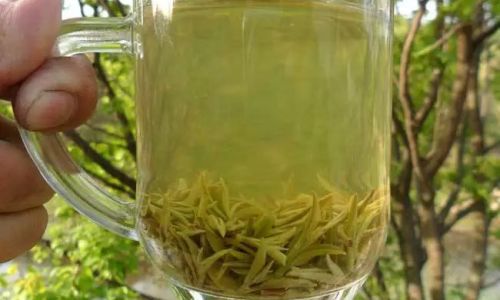
Storage Conditions
Temperature, humidity, and light are the primary environmental factors that affect tea storage. Ideally, Xinyang Maojian should be stored in a cool, dry, and dark place. Temperatures below 25°C (77°F) are recommended to slow down chemical reactions that lead to degradation. High humidity can cause mold growth and promote the breakdown of tea components, while light, especially UV radiation, can degrade pigments and flavors. Therefore, a pantry or a cupboard away from direct sunlight and heat sources is a suitable choice for storing Xinyang Maojian.
Quality of the Tea
The quality of the tea at the time of harvest and processing also influences its shelf life. High-quality Xinyang Maojian, characterized by uniform leaf size, vibrant color, and minimal defects, tends to have a longer shelf life compared to lower-quality teas. This is because high-quality teas are often processed with greater care, minimizing damage to the leaves and preserving their natural properties.
Shelf Life of Xinyang Maojian Tea
The shelf life of Xinyang Maojian can vary significantly based on the factors mentioned above. Generally, when stored optimally, Xinyang Maojian tea can retain its best qualities for about 6 to 12 months after packaging. However, this is a general guideline, and the actual shelf life can be longer or shorter depending on specific conditions.
Freshness Indicators
Determining whether Xinyang Maojian tea has retained its freshness involves assessing several sensory attributes. The color of the dry leaves should be bright green with a slight silvery hue, indicative of minimal oxidation. Upon brewing, the tea should have a clear, bright green color, with a fresh, sweet aroma and a slightly astringent, yet refreshing taste. If the tea appears dull, has a faded aroma, or tastes stale, it is likely past its prime.
Long-Term Storage
While optimal freshness is typically achieved within the first year of packaging, some tea enthusiasts and collectors opt for long-term storage of high-quality Xinyang Maojian, hoping to develop complex flavors over time. This practice, known as aging tea, is more common with black and oolong teas, which undergo favorable chemical changes during prolonged storage. However, green teas like Xinyang Maojian do not age well and are generally not recommended for long-term storage beyond their optimal freshness period.
Preserving Xinyang Maojian Tea: Best Practices
To maximize the shelf life and maintain the quality of Xinyang Maojian tea, follow these best practices:
Proper Packaging and Sealing
Ensure that the tea is stored in an airtight container that protects against moisture, light, and oxygen. Vacuum-sealed or nitrogen-flushed packaging is ideal, but if not available, use a resealable plastic bag or a container lined with a moisture-absorbing desiccant.
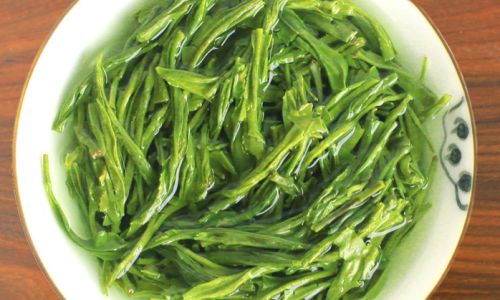
Cool and Dry Storage
Store the tea in a cool, dry place away from direct sunlight and heat sources. A pantry or a cupboard in a temperature-controlled environment is suitable. Avoid storing tea in the refrigerator or freezer, as fluctuations in temperature and moisture can damage the leaves.
Avoiding Contamination
Keep the tea away from strong-smelling foods and odors, as tea leaves are highly absorbent and can easily take on unwanted flavors.
Regular Monitoring
Periodically check the tea for signs of deterioration, such as changes in color, aroma, or taste. If any unfavorable changes are noted, consume the tea promptly or discard it.
Consumption Priority
Given its relatively short shelf life, prioritize consuming newer batches of Xinyang Maojian tea before older ones to ensure optimal freshness.
Conclusion
Xinyang Maojian tea, with its unique mountainous fragrance and fresh, sweet taste, is a cherished beverage among tea lovers. However, maintaining its freshness and quality over time requires careful attention to packaging, storage conditions, and the tea’s initial quality. By following best practices for preservation, tea enthusiasts can enjoy the full potential of Xinyang Maojian for up to a year after packaging, although optimal freshness is typically achieved within the first six to twelve months. Understanding the factors that influence shelf life and taking proactive steps to preserve the tea will ensure that each cup of Xinyang Maojian is a delightful and refreshing experience.
As with all perishable goods, the journey from farm to cup is a delicate balance of time, care, and environment. By respecting this balance, we can honor the tradition and craftsmanship behind Xinyang Maojian tea, preserving its essence for generations to enjoy. Whether sipping a freshly brewed cup or exploring the nuances of aged tea, the art of preserving Xinyang Maojian lies in a harmonious blend of science and sensibility.
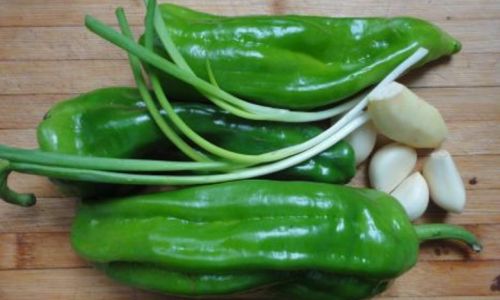
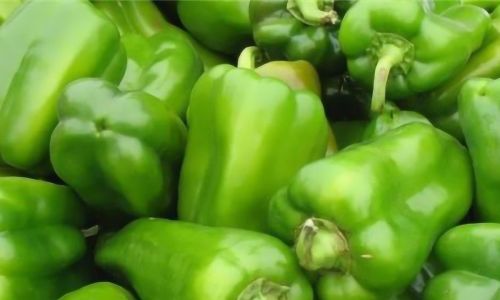

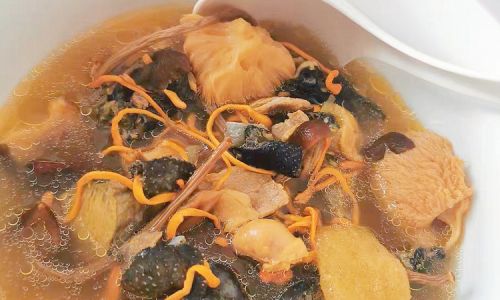
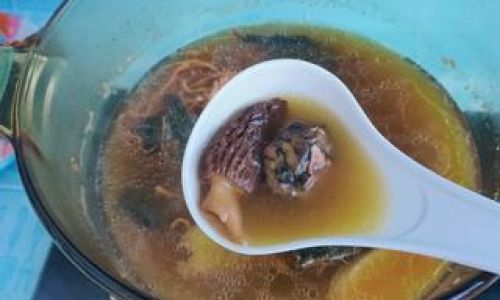
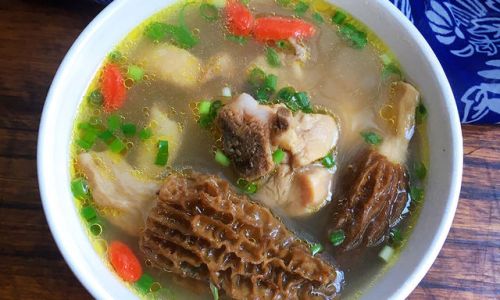
0 comments